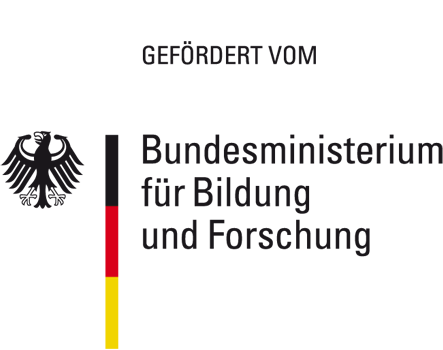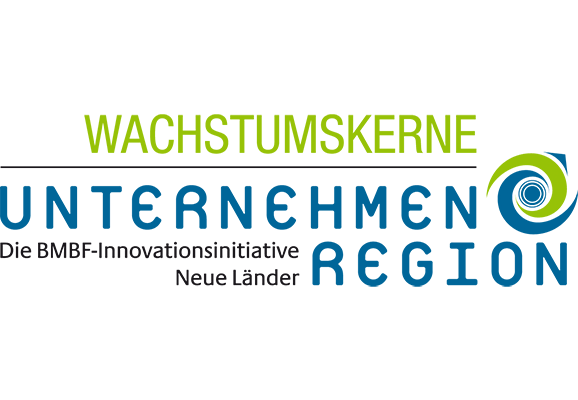The optical industry is on the verge of a revolutionary change.
Over the centuries, the basic setting of optical systems – symmetrical linear optical path – in telescopes and microscopes has been consistent. Only minimal improvements were realised due to new materials or updated technologies. For the last 20 years the number of aspheres in optical systems increased but the assembly of free form components is only evolving since the last few years. Advanced design and modelling tools along with more precise production and measurement methods on the macro and micro scale provide the opportunity to produce optical systems with significantly improved performance and smaller dimensions. In order to achieve a broad range of products with these features, a synchronized work of designers, material and component manufacturers as well as system integrators is important along the whole value-added chain.
What are freeform optics?
Freeforms are optical surfaces with an arbitrarily high amount of geometrical degrees of freedom. Freeform optics unite different optical functions of beam shaping, which can usually be achieved only by a complex combination of conventional lenses. Freeform optics are also able to realise optical functions, that cannot be created with conventional optical elements.
Where are freeform optics applied?
The advantages of freeform surfaces are used to their full capacity in systems demanding compact designs or specific functionalities. Hence, industrial sectors like automotive and mechanical engineering, medicine and materials‹ processing, aircraft construction and consumer electronics, information technology and life sciences can be addressed as markets.
Examples:
- varifocals
- smartphone cameras
- head mounted devices
What are the advantages from a customer’s perspective?
Since a freeform surface combines the effects of multiple lenses, the number of optical components can be reduced. Thereby, space, weight and material are saved. Freeform surfaces tailored to the requirements of an application improve the quality of the optical image enormously.
What are key competencies for developing freeform surfaces?
Due to their variable number of degrees of freedom, numerous parameters for the characterisation of freeform surfaces are required. The missing symmetry challenges mathematicians as well as design and manufacturing engineers: new design algorithms, appropriate model parameters, calculation rules and methods for optimisation have to be found. Eventually, specific computer programs for manufacturing have to be developed. To achieve excellent results, process chains must be synchronised – from optical and mechanical design to manufacturing up to the testing of freeform optical systems. Until now, only seperate process steps with limited precision could be managed.
The Area
Photonics cluster Thuringia
Thuringia is one of Europe’s leading centers for optics and photonics – home to 200+ companies with 16.000 highly-skilled workers and vast expertise in research, manufacturing, design, and system integration.
Beyond internationally renowned companies like ZEISS and JENOPTIK, the cluster includes a large number of SME members whose products and services play an integral role in the world opto-electronics market.


